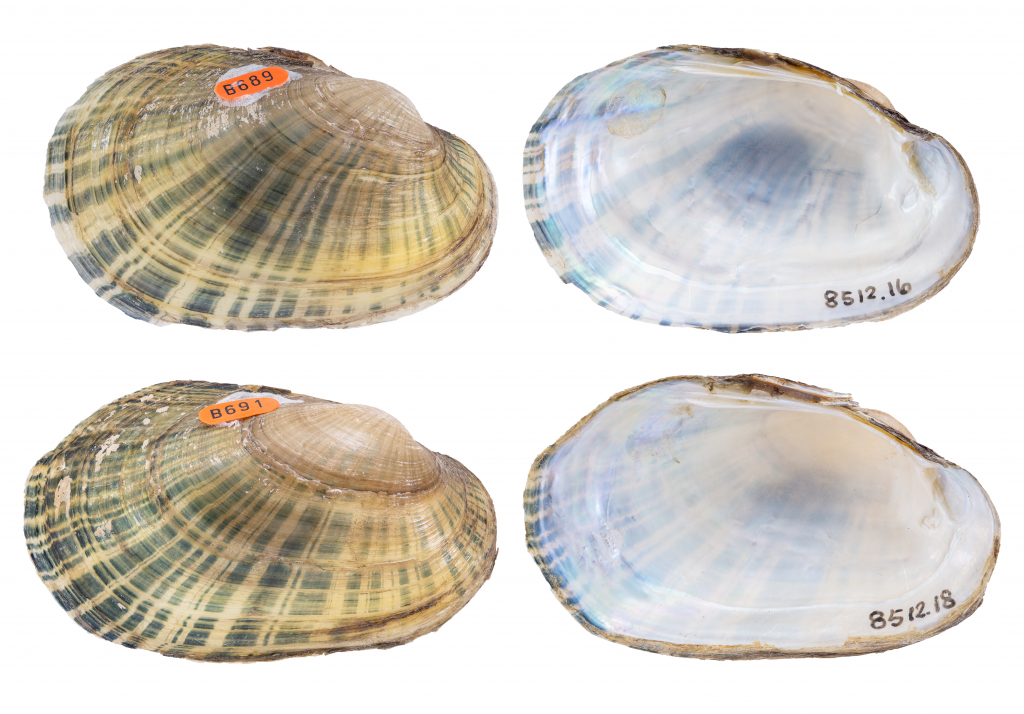Newly discovered mussels could refocus conservation efforts in Texas

A team of researchers recently discovered two new freshwater mussel species in Texas, which will likely impact current conservation efforts by the U.S. Fish and Wildlife Service and Texas Parks and Wildlife Department.
“The discovery of the new mussel species Lampsilis bergmanni, Guadalupe Fatmucket, came out of a larger effort to better understand species’ boundaries for rare and common mussels throughout the state,” said Charles Randklev, Texas A&M AgriLife Research scientist with Texas A&M’s Natural Resources Institute (NRI).
Randklev, who is based in Dallas, works with the Freshwater Mussel Program of the NRI and Texas Water Resources Institute, also at Texas A&M.
Randklev said the discovery of L. bergmanni is important because it shows that boundaries for many species in Texas are not well defined and resolving them is critical to making sure conservation status assessments are evidence-based and accurate.
In a separate effort, Randklev and his colleagues identified another new species, Potamilus streckersoni, or the Brazos Heelsplitter. They discovered this new species in the Brazos River basin using a similar molecular and morphological approach.
Declining mussel populations serve as a barometer “for the overall health of freshwater ecosystems,” where they contribute a number of important functions, including filtration, said NRI director Roel Lopez, a professor with the Department of Wildlife and Fisheries Sciences, College of Agriculture and Life Sciences.
“Mussels are considered our ‘canary in the coal mine,’ letting us know when ecosystems aren’t healthy,” he said. “We also want to ensure mussels are properly identified and develop models to predict what may eventually happen to mussel populations.”

